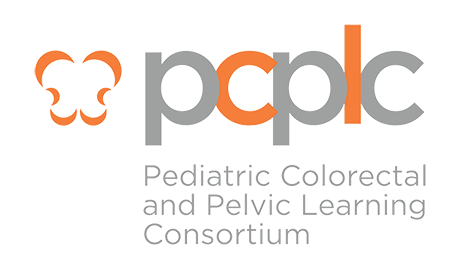CONDITIONS
HIRSCHSPRUNG DISEASE
-
OVERVIEW
Hirschsprung Disease (HD) is a congenital disorder of the intestines. Children born with HD are often diagnosed within the first 48 hours of life after they fail to pass a bowel movement. Severe abdominal distension and constipation are the major symptoms. Other symptoms include throwing up, severe diarrhea, and a fever. Sometimes HD is not discovered until a child is older.
HD happens when nerve cells normally present in the wall of the intestine do not form properly. These nerve cells, called ganglion cells, help move stool through the intestines in a coordinated fashion called peristalsis.
When ganglion cells are absent, normal stools or bowel movements cannot occur. This results in partial or complete bowel obstruction. Sometimes, this obstruction may lead to a life-threatening infection (enterocolitis) and possibly a tear in the bowel. The portion of the affected intestines can vary from a very short part in the rectum to the entire colon and part of the small intestines.
-
TREATMENT
All children with HD will require surgery to remove the portion of the rectum and/or colon that do not have ganglion cells.
Many children with Hirschsprung disease have a surgery called a “pull-through procedure.” This involves taking out the portion of the rectum and/or colon that do not have ganglion cells. Then the rest of the colon is “pulled down” and attached just above the anal canal. Sometimes, the surgeon can do this using a minimally invasive technique.
Some patients will have colostomy surgery first. A colostomy is a surgical operation that connects the end of the colon to the skin of the abdominal wall. This allows stool to pass into a pouch outside of the body. The surgeon can then remove the unhealthy part of the colon.
-
LONG TERM OUTCOMES
Children with HD will be followed closely throughout childhood and adolescence. Some will be followed into adulthood. Even after surgery, children with Hirschsprung Disease may have constipation, fecal incontinence, or enterocolitis. Some HD patients will have a degree of bowel dysfunction as a chronic condition.
With successful surgery and long-term follow-up care, most children can achieve normal bowel habits.
-
ENTEROCOLITIS
Children with HD may develop an infection of the intestines and the colon. This is called enterocolitis. This is serious and can be life-threatening. Enterocolitis is when stool and bacteria back up in the colon. Children with enterocolitis may have a fever, abdominal swelling, vomiting, explosive foul-smelling diarrhea, bloody stool, and/or sleepiness (lethargy).
The primary treatment of enterocolitis is to perform rectal irrigations to remove the stool and to administer antibiotics to treat the infection. Patients may require admission to the hospital for IV fluids and antibiotics. Enterocolitis may occur for several years after surgery.
How to Perform Rectal Irrigations:
How to Perform Large Volume Enemas:
How to Perform a Rectal Enema:
How to Perform a Malone Flush
Pediatric contrast enema: what to expect

